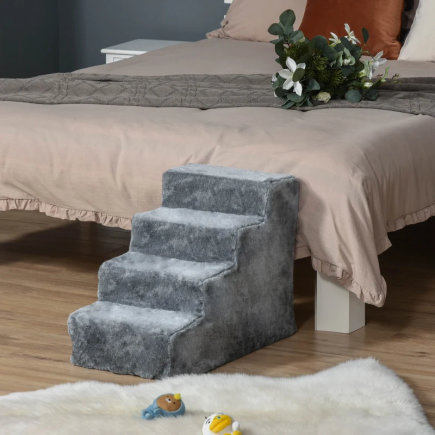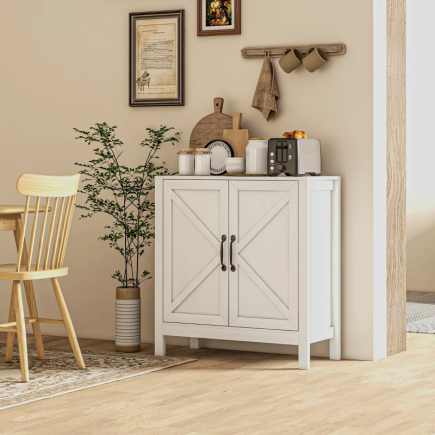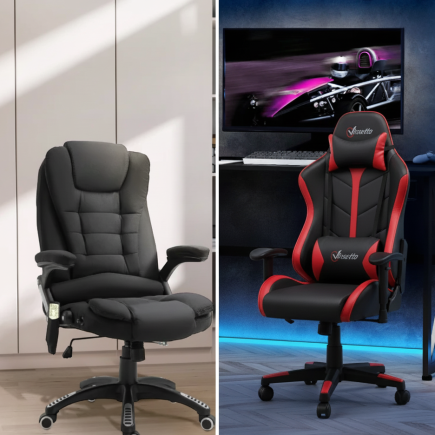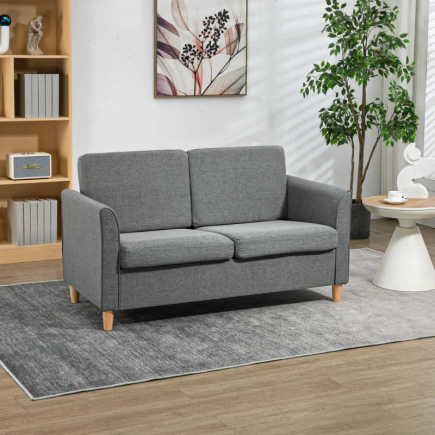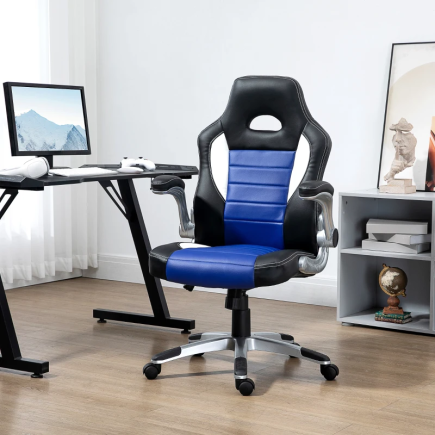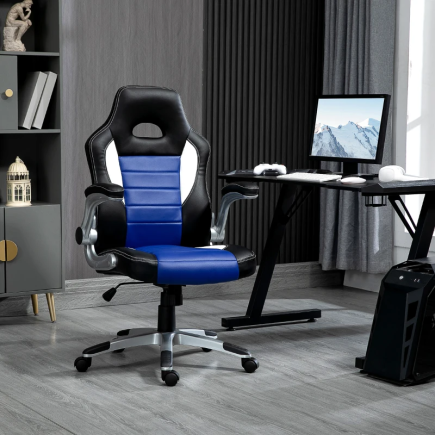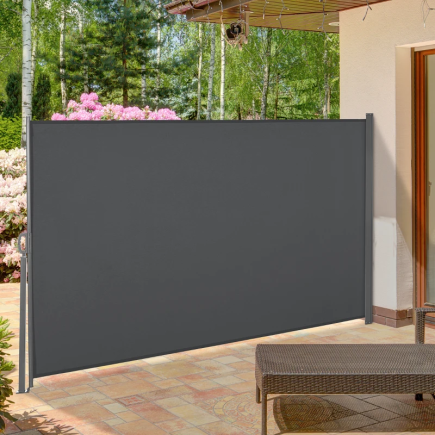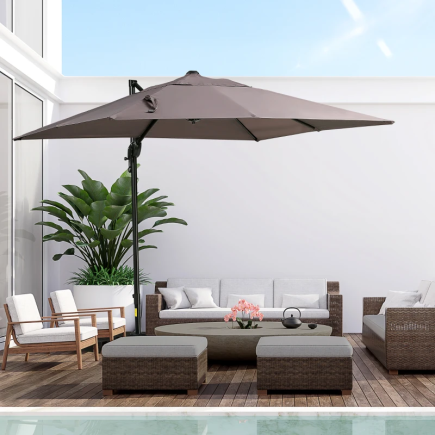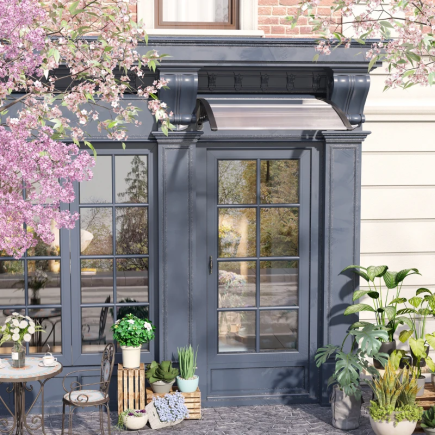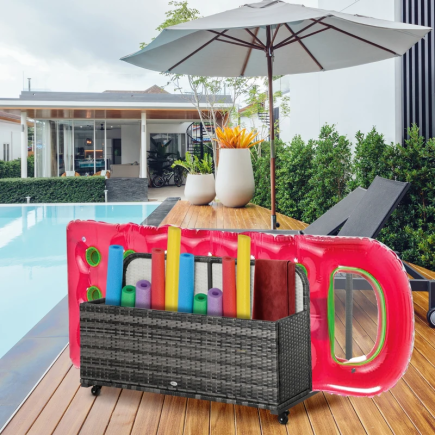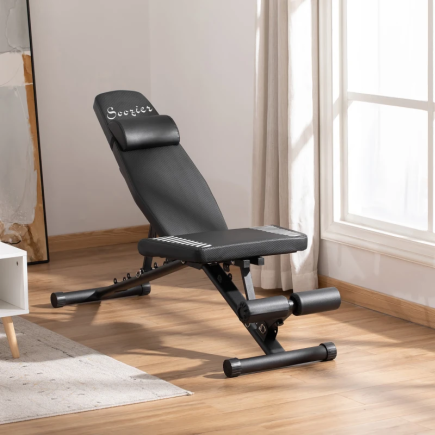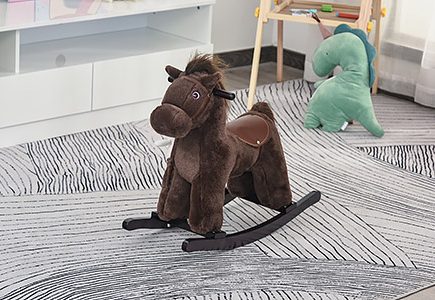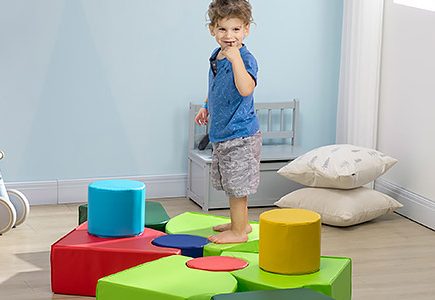
When it comes to interior design, choosing the right accent chair can transform your space, bringing both functionality and style into the mix. Accent chairs aren’t just another piece of furniture; they serve as focal points that add personality and character to any room.
With so many types, materials, colors, and sizes available, selecting the perfect chair requires a thoughtful approach to ensure it complements your space. Below, we explore practical steps and key considerations to help you make the best decision.
1. Choose the Right Size and Proportion

The size of your accent chair is crucial to maintaining balance in the room. A chair that is too large can overwhelm the space, while a chair that is too small may look lost.
How to Measure
- Room Size: Measure the available space where you plan to place the chair. Consider leaving 18 inches between the chair and other furniture, such as a coffee table.
- Chair Height: Ensure that the height of the accent chair complements the rest of your furniture. A taller chair may overpower a lower sofa, so aim for a chair height within a 4-inch difference of the sofa seat height.
- Visual Balance: For a more cohesive look, place the accent chair at an equal distance from other key furniture pieces, maintaining visual harmony.
2. Determine the Style That Complements Your Space

The accent chair should either complement or contrast with the room’s existing style, depending on the desired effect.
Styling Tips
- Match the Room’s Aesthetic: If your space leans towards traditional, choose a classic wingback or armchair. For modern or minimalist interiors, opt for a sleek tub or barrel chair.
- Make a Statement: Choose an accent chair with bold shapes, colors, or textures if you want it to stand out. Geometric or sculptural chairs add a touch of uniqueness to any room.
- Balance with Existing Furnishings: If your room is full of pattern, choose a solid-colored chair to provide relief. On the other hand, if your room is minimalist, a patterned accent chair can add visual interest.
3. Select the Right Material for Durability and Comfort

The material of your accent chair impacts both its durability and aesthetic. Depending on its use, choose materials that can withstand the daily wear or luxurious fabrics that elevate the room’s style.
Material Guide
- Leather: Durable and easy to clean, leather chairs are perfect for high-traffic areas. They also add a sophisticated, timeless look to your space.
- Velvet and Fabrics: Velvet gives a plush feel to your room, perfect for accent pieces in living rooms or bedrooms. Fabric chairs come in a variety of textures and colors but may require more maintenance.
- Wood and Metal: Wooden or metal frame accent chairs offer a modern, industrial touch. They are sturdy and easy to clean, making them ideal for areas like dining rooms or home offices.
4. Pick the Right Color to Enhance Your Space

Color plays a significant role in how the accent chair interacts with your room. Choose a color that either blends seamlessly with the rest of your decor or creates a striking contrast.
Color Considerations
- Neutral Tones: Beige, gray, or white are safe choices if you want a chair that blends in with your existing furniture while adding a touch of elegance.
- Bold and Vibrant: If you want the chair to stand out, choose colors like mustard yellow, cobalt blue, or emerald green. These colors can infuse energy into a room.
- Matching Existing Palette: To create cohesion, match the accent chair color with hues that are already present in the room. For instance, pair a blue sofa with a yellow or orange accent chair to add a playful contrast.
5. Consider the Functionality and Use of the Accent Chair

If the accent chair is intended for daily use, comfort and durability should be top priorities. For decorative purposes, you can prioritize style and design elements that suit your taste.
Types of Functional Chairs
- Lounge Chairs: Perfect for spaces designed for relaxation, such as living rooms or bedrooms. Lounge chairs allow you to recline, offering both comfort and style.
- Armchairs: Ideal for social spaces, armchairs provide comfortable seating for conversation and can complement the overall room decor.
- Side Chairs: These are typically used in smaller spaces and are known for their compact and sleek design.
6. Think About Placement and Traffic Flow

Proper placement of your accent chair ensures that the room remains functional while still allowing the chair to shine as a focal point.
Where to Place
- Living Room: Position the chair near a coffee table or next to a sofa for an inviting conversation area. If you have space, pair two accent chairs to balance the room.
- Bedroom: Place an accent chair by the window or near a corner to create a cozy reading nook.
- Entryway: In smaller areas like hallways or foyers, use a slipper chair or a sleek armchair that doesn’t obstruct the flow of traffic.
7. Match the Chair to the Sofa or Other Furniture
Accent chairs do not need to match the sofa, but they should complement it. A successful pairing blends colors, materials, or shapes to create a cohesive look.
Designer Tips
- Contrast with Color: If your sofa is a neutral tone, an accent chair in a bold color can add interest without clashing.
- Varying Shapes: Mix up the shapes of your furniture. For instance, pair a traditional rolled-arm sofa with a modern, angular accent chair for a balanced yet dynamic effect.
- Material Variation: Combine different materials to create a layered, textured look. A velvet accent chair works wonderfully with a leather or fabric sofa, adding visual interest to the space.
8. Budget Considerations
Accent chairs can vary significantly in price, depending on their design, materials, and craftsmanship. Set a budget before you start shopping to narrow down your options.
Cost Breakdown
- Budget-Friendly Options: For budget-conscious buyers, look for accent chairs made with synthetic fabrics or simple wooden frames. Many affordable options still offer great design.
- Premium Choices: High-end materials like leather, velvet, and hand-carved wood will cost more. These chairs often come with added durability and a luxurious feel.
9. Evaluate the Chair’s Longevity

Think long-term when selecting your accent chair. Choose something that fits well with your existing decor but can also adapt if your room style changes over time.
Longevity Tips
- Timeless Design: Invest in a design that won’t feel dated in a few years. Classic styles like armchairs or wingbacks often have staying power.
- Durable Materials: For long-term use, prioritize materials that are both durable and easy to maintain. Leather and solid wood are great choices for longevity.
Your Perfect Accent Chair is Waiting!
Selecting the perfect accent chair may seem like a daunting task, but by following these practical steps, you can find a piece that enhances the aesthetic and functionality of your space. Focus on your room’s needs, the chair’s material, color, and size, and don’t forget to have fun with the process. Your Accent Chair should be a reflection of your personal style, so take your time and enjoy the journey!
FAQs
1. Can an accent chair be used as the primary seating in a room?
Accent chairs are generally designed as supplementary seating, but if chosen correctly (for comfort and size), they can work as the primary seating in smaller spaces or casual settings.
2. Do accent chairs need to match the sofa?
No, accent chairs do not need to match the sofa. They should complement it in terms of color, material, or style but can vary in design to create visual interest.
3. How do I decide on the right material for an accent chair?
Consider the chair’s purpose: if it’s for occasional use, luxurious fabrics like velvet are great; for everyday seating, go for more durable materials like leather or woven fabrics.
4. Can I use multiple accent chairs in one room?
Yes! You can use multiple accent chairs to create symmetry or balance within the room, as long as the chairs are appropriately scaled and complement each other.

